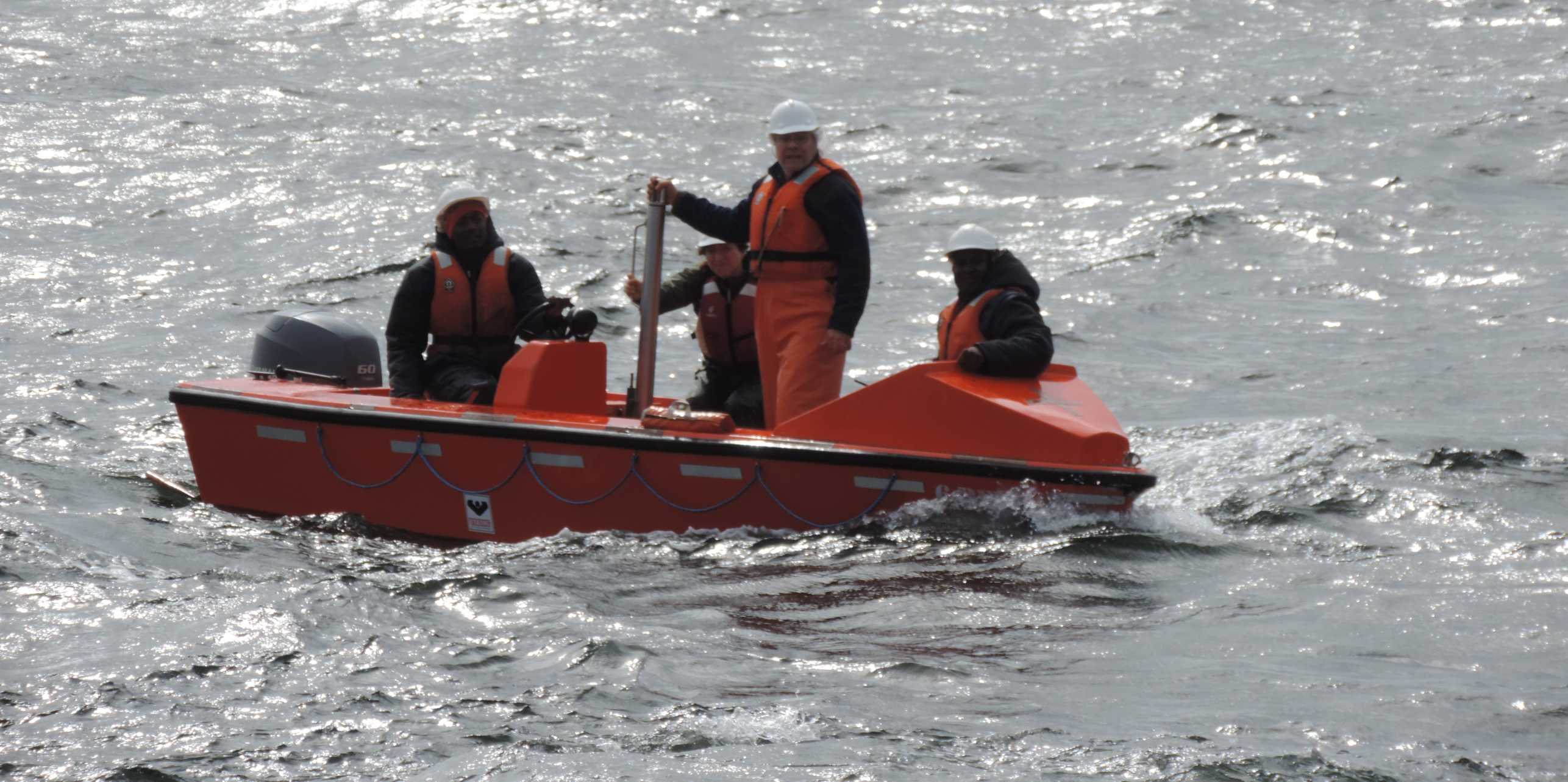TRAMPOLINE
Temporal Relationships AMong PrOxy signaLs In mariNe sEdiments (TRAMPOLINE)

Lead
Alkenones are organic biomarkers that allow estimation of past sea surface temperature (SST) and pCO2 variations in most oceanographic settings. We know now that much of the organic matter (OM) preserved in marine sediments tends to concentrate within fine grain-size fractions. Considering that mineral particles might behave in a cohesive or in a sortable manner depending on their size, alkenone-mineral associations and the governing hydrodynamic conditions may determine the transport pathways of alkenones. Consequently, we hypothesize that hydrodynamically-driven sediment sorting processes might introduce biases in autochthonous climate signal, compromising the spatial and temporal reliability of the derived proxy records.
Objectives
We aim to determine alkenone-grain size-14C age interrelationships in surface sediments retrieved from diverse strategic benchmark areas for high-temporal-resolution paleoclimate investigations where pre-existing evidence suggests temporal de-coupling of proxy records due to lateral transport. We also aim to evaluate possible asynchronous signals between alkenones, total organic carbon, coccoliths, and planktonic foraminifera. Complementary geochemical and sedimentological analyses will be performed to constrain OM distribution and provenance, and associated lateral sediment transport processes. We then plan to apply derived information and our novel measurement strategy to a marine core retrieved from the so-called Shackleton Sites in the SW Iberian Margin in order to assess the role of hydrodynamic processes impact on the paleotemperatures estimated from proxies residing in different grain size fractions.
Scientific an Social Context of the Research Project
Climate variability during the last deglaciation and Holocene has recently garnered increasing attention due to the growing societal concern with respect to possible consequences of sudden and unforeseen climatic change. Consequently, this most recent period in Earth’s history has been the subject of in-depth investigations in an attempt to broaden our understanding of the pace and causes of short-term climate and environmental variability. Since the discovery of alkenones in 1986, these organic biomarkers have become one of the most applied and well-established paleoclimate proxies to estimate SST and pCO2 variations. Given the importance attached to molecular fossils as proxies for the study of past climate variability, and the attention focused on the strategic regions selected for this research, a refined interpretation of the climate signals previously derived from the studied regions is essential.
Project member
- Blanca Ausin